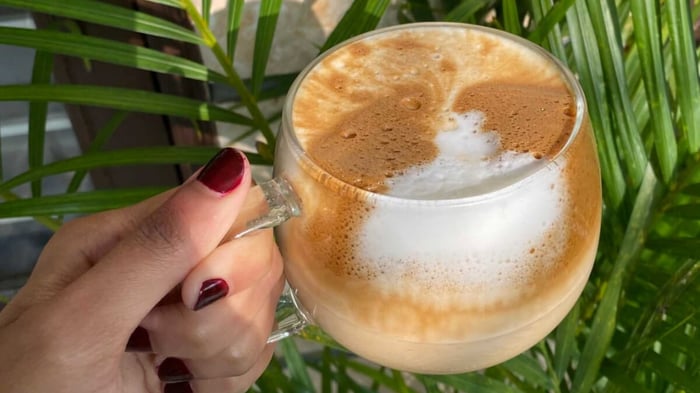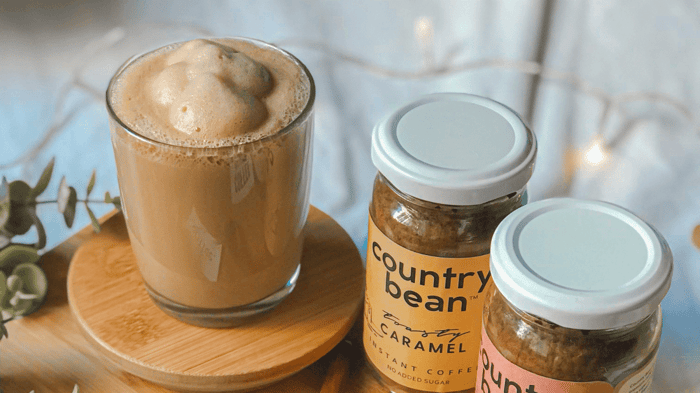For people all over the world, there's a similar ritual that they follow - wake up, grab a cup of coffee, and then start your day. The only difference is seen in terms of how the coffee is made and how many cups of coffee you have. Americans, for instance, wouldn't consider adding lemon or cheese to their coffee, which might be the norm in some coffee cultures around the world.
Here's the ultimate guide to coffee cultures around the world -
-
Kaffeost, Finland - In Finland, to combat the harsh cold and dark winters, the coffee prepared is usually quite strong. One of the weirdest and unheard of coffee preparations is Kaffeost which the Finnish people adore. Kaffeost is made by pouring hot coffee over chunks of cheese curds (juustoleipä). While it sounds unappealing to many, it's quite popular in the Scandinavian countries. That's one way to have a cup of coffee.
-
Turk Kahvesi, Turkey - There's an old Turkish proverb that says, "coffee should be black as hell, strong as death and as sweet as love". Turkish coffee is prepared without any filter. Finely ground coffee beans are simmered in a coffee pot called a cezve. Since the coffee is prepared without filtering it, you drink the coffee with the grounds that settle at the bottom of your cup.
-
Flat White, Australia - A flat white is quite similar to a latte, but the only difference lies in the volume. An Australian favourite, a flat white is made by pouring microfoam, (steamed and very finely textured milk) over a shot of espresso. Whereas a latte is usually served with steamed milk and an added layer of thick foam on top. The microfoam is usually thin, hence the name flat white. It's richer and stronger than your average latte.
-
Frappé, Greece - A frappé is a Greek iced coffee which is made using instant coffee, water, sugar and milk. Frappes are among the most popular forms of coffee and serves as a hallmark of outdoor Greek coffee culture. This iced coffee is drowned in milk foam which gives it a creamy richness that contributes to its being go-to summer drink.
-
Irish coffee, Ireland - If we're talking about cups of coffee around the world, then we have to mention the delicious Irish coffee. A coffee-cocktail hybrid, an Irish coffee is made with hot coffee, Irish Whiskey, sugar and topped off with thick cream.
-
Wiener Melange, Austria - Similar to a cappuccino, a wiener melange is a local favourite in Austria. This drink is made by topping off espresso with steamed milk and milk foam, as well as some whipped cream and cocoa powder occasionally.
-
Cafe Bombon, Spain - Straight from the streets of Valencia, Cafe Bombon is a sweet espresso drink that is incredibly famous and well-loved. Made with a strong shot of espresso and sweet condensed milk, and topped off with milk foam and a sprinkle of cocoa, it's a coffee treat that has grown to international popularity.
-
Cafe Noisette, France - The contribution of the French to coffee culture around the world can probably be best summed up by the Cafe Noisette, which is an espresso with a dash of hot milk. Noisette, meaning hazelnut, gets its name from the colour the espresso turns when milk is added to it.
-
Ca phe da, Vietnam - Ca phe da, more commonly known as Vietnamese iced coffee is a traditional coffee drink. Similar to a Spanish Cafe Bombon, the Vietnamese iced coffee is made with coarsely ground dark roast coffee, which is brewed directly into the condensed milk and with ice through a drip filter.
-
Cafezinho, Brazil - A popular drink for the locals, coffee in Brazil packs a punch. Easy to prepare, cafezinho is prepared with sugar and is fairly concentrated. They're small, strong cups of coffee that are consumed during any point of the day.
While there may be plenty of tea lovers around the world, it would be fair to say that the coffee culture may be as strong as the tea culture if not more. Don't you wish you could travel the world, tasting cups of coffee that are native to the place? We sure do!






